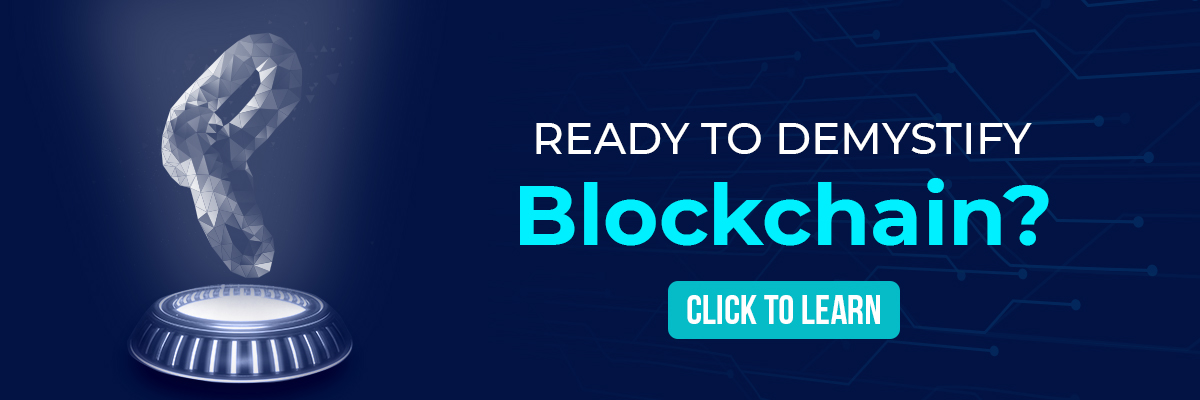In the dynamic realm of technology, “blockchain“ has emerged as a pivotal term, disrupting conventional notions of security, transparency, and trust across diverse industries. If you find yourself stepping into the uncharted territory of blockchain technology, fret not! This beginner’s guide is your compass, deciphering the complexities and shedding light on the fundamental components of this revolutionary technology.
Introduction
In an era where data is the new currency, comprehending blockchain is not just an asset; it’s a necessity. It’s a decentralized and distributed ledger that meticulously records transactions across a network of computers. This guide is your gateway to understanding the intricacies of blockchain, offering insights into its key components, and unraveling the magic behind this transformative technology.
Key Components of Blockchain
1. Blocks and Chains: Building the Foundations
“Blocks” – digital repositories that encapsulate information about transactions. Each block boasts a unique identifier, a “hash,” and a link to the preceding block, forming an unbreakable chain. This interconnected structure guarantees the immutability and security of the data recorded within.
2. Decentralization: Liberating Trust from Centralization
Blockchain operates on a decentralized network of computers, often referred to as nodes. This departure from centralization eliminates the need for a central authority, fostering trust and transparency among participants. The power is distributed, and the control is democratized.
3. Consensus Mechanisms: Orchestrating Harmony in Validation
To validate transactions and fortify the network, the technology employs consensus mechanisms. The familiar Proof of Work (PoW) requires participants to solve intricate mathematical puzzles to add a new block. Emerging alternatives like Proof of Stake (PoS) aim to reduce energy consumption, paving the way for a more sustainable blockchain ecosystem.
4. Smart Contracts: Code-Powered Automation
Smart contracts, the architects of efficiency, are self-executing contracts with terms encoded directly into lines of code. These digital agreements automate and enforce predefined rules, eliminating the need for intermediaries and streamlining processes with the precision of a digital handshake.
5. Cryptographic Hash Functions: Guardians of Integrity
Blockchain leans heavily on cryptographic hash functions for security. These functions generate a fixed-size string of characters (hash) from any input data, fortifying the integrity and immutability of information within a block. It’s the digital seal that ensures trust in the uncharted terrain of blockchain.
Benefits of Blockchain
1. Transparency and Immutability: Illuminating Every Transaction
It’s transparency allows participants to trace each transaction back to its origin. Once a block is part of the chain, it becomes virtually impervious to alterations, safeguarding the integrity of the entire transaction history. The ledger is open, and the truth is undeniable.
2. Security and Trust: A Fortified Fortress Against Fraud
With its decentralized structure and cryptographic underpinning, it provides an impregnable fortress against fraud and unauthorized access. Trust is not assumed; it’s embedded in the very fabric of the technology. Intermediaries fade away, and security takes center stage.
3. Efficiency and Reduced Costs: Streamlining the Digital Symphony
By bidding farewell to intermediaries and embracing the symphony of automation through smart contracts, it enhances efficiency and slashes costs. Transactions unfold in real time, and the decentralized network minimizes the risk of systemic failures. It’s a dance of efficiency, cost-effectiveness, and digital liberation.
The Journey Continues: Navigating the Blockchain Odyssey
In conclusion, the technology stands as a transformative force with the potential to reshape industries across the spectrum. As we tread the digital landscape, understanding the fundamental components of blockchain becomes paramount. From its decentralized architecture to the virtues of transparency and security, it beckons a future where trust, security, and efficiency converge seamlessly in a decentralized symphony.
Web 3.0 India is your gateway to unparalleled blockchain development services. Prepare to embark on a transformative blockchain journey, well-equipped with our in-depth knowledge of key components and the immense potential it brings. Navigate the uncharted waters of blockchain with confidence, as we promise a journey where decentralized trust, undeniable transparency, and a digital future unfold in unprecedented ways. At Web 3.0 India, we shape the future.
FAQs
1. What is blockchain, and why is it important for beginners to understand it?
- It is a decentralized and distributed ledger technology that records transactions securely. It’s crucial for beginners as it offers transparency, security, and efficiency in various industries, reshaping the digital landscape.
2. How do smart contracts streamline processes in blockchain?
- Smart contracts are self-executing contracts with terms written in code. They automate and enforce predefined rules, eliminating the need for intermediaries. This streamlines processes, making transactions more efficient and cost-effective.
3. What are the benefits of blockchain’s transparency and immutability?
- It’s transparency allows participants to trace transactions, fostering trust. Immutability ensures that once a block is added, it’s nearly impossible to alter. This creates a secure and tamper-resistant transaction history.
4. How does blockchain contribute to security and trust in transactions?
- It’s decentralized structure and cryptographic foundations provide robust security against fraud and unauthorized access. Trust is embedded in the technology, reducing reliance on intermediaries and enhancing overall security.
5. Can you explain consensus mechanisms and their role in blockchain validation?
- Consensus mechanisms like Proof of Work (PoW) validate transactions by solving complex puzzles. Alternatives like Proof of Stake (PoS) aim to reduce energy consumption. These mechanisms secure the network, ensuring the reliability of blockchain transactions.





